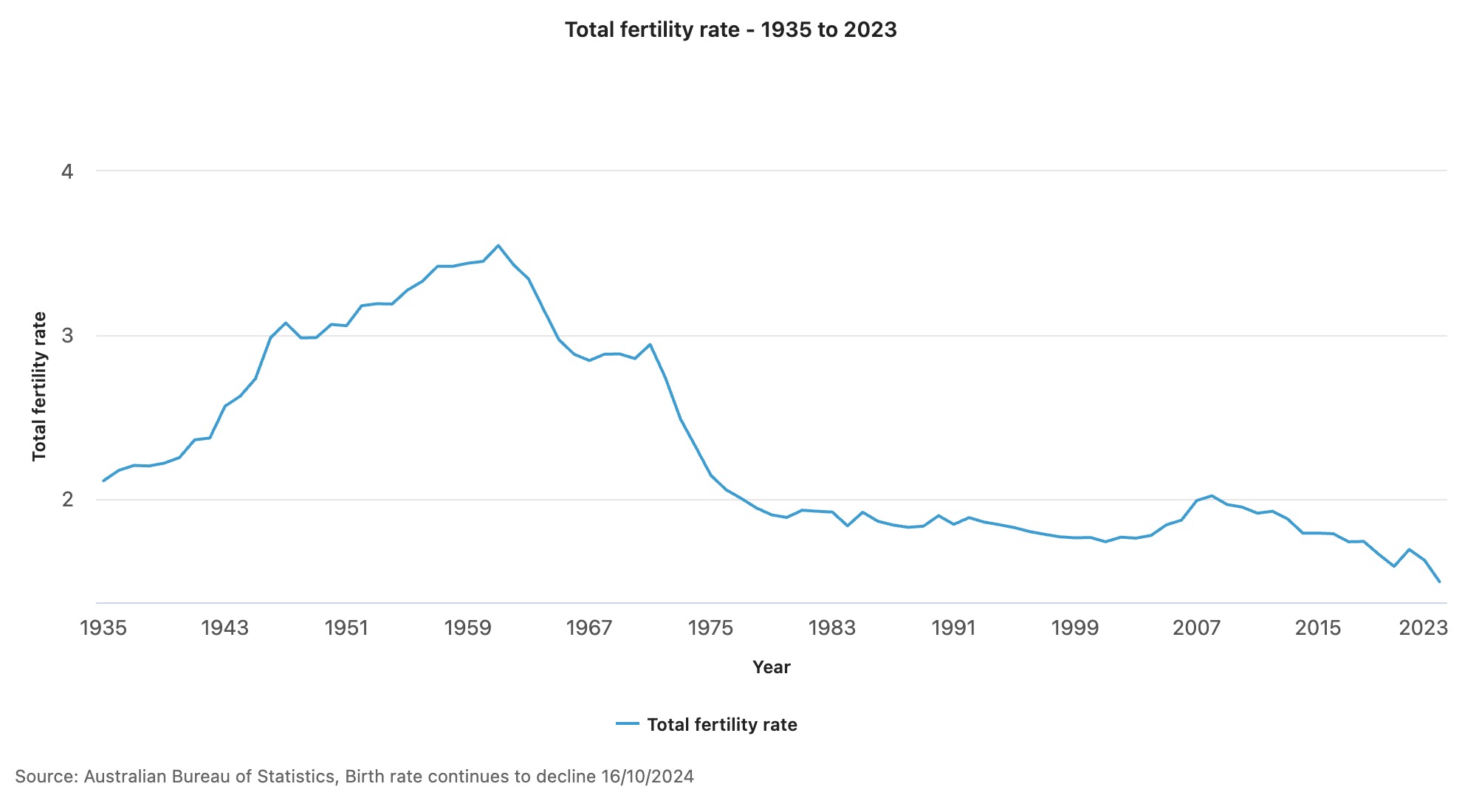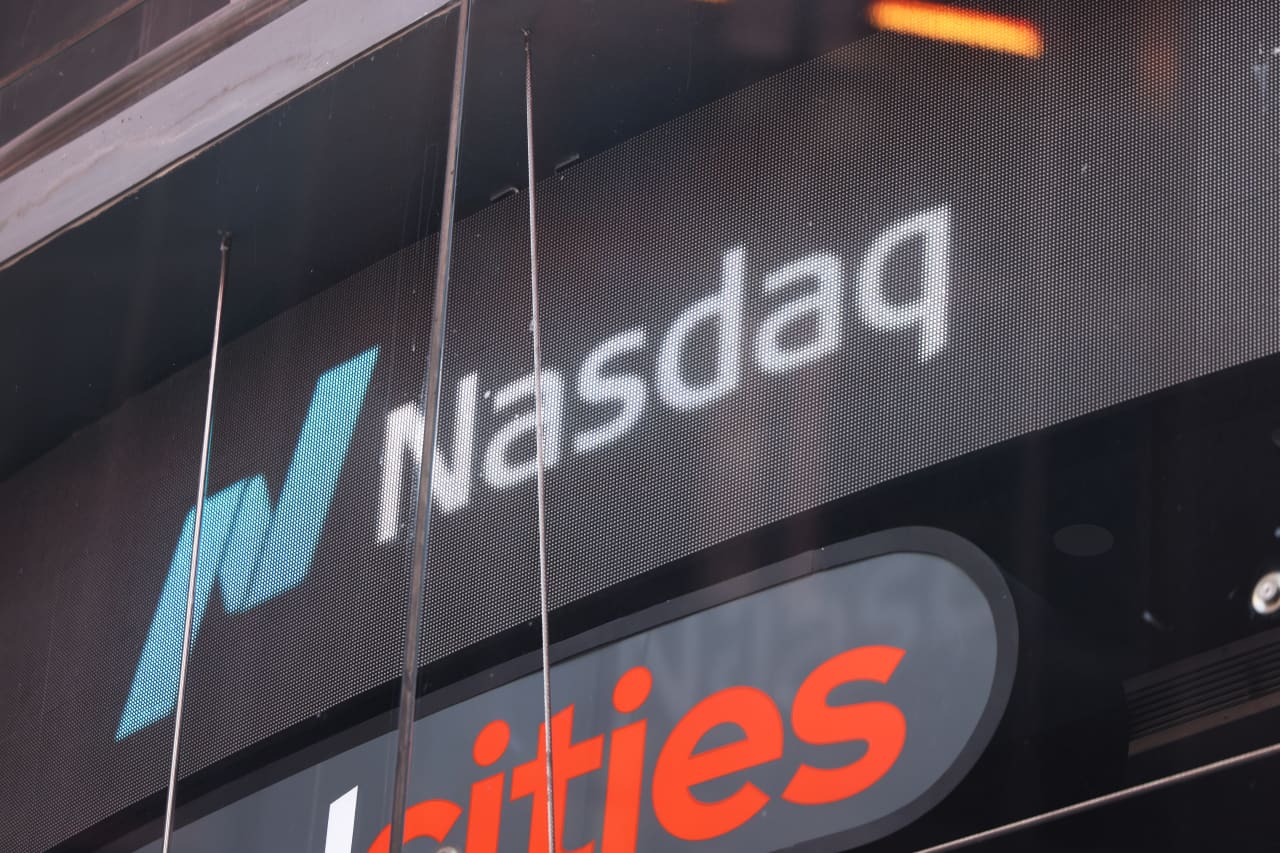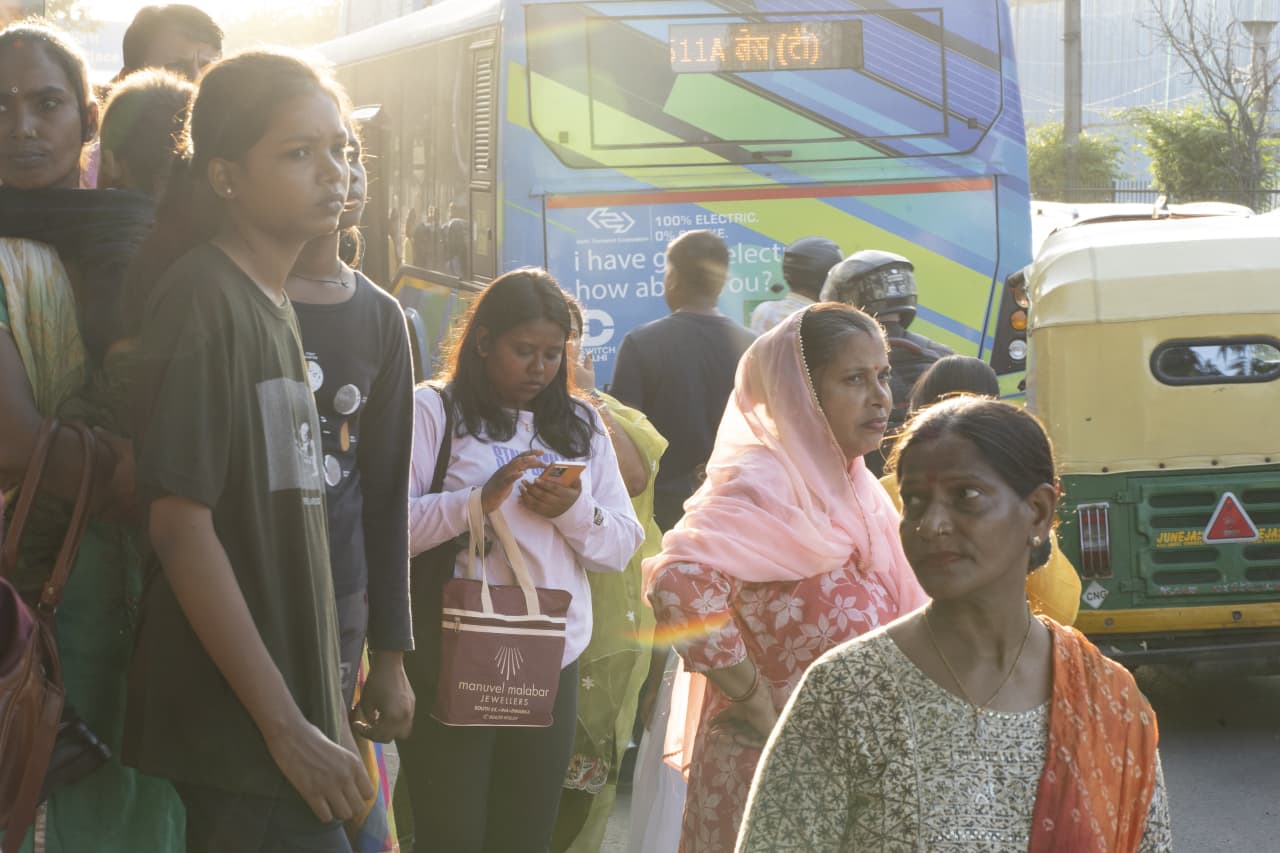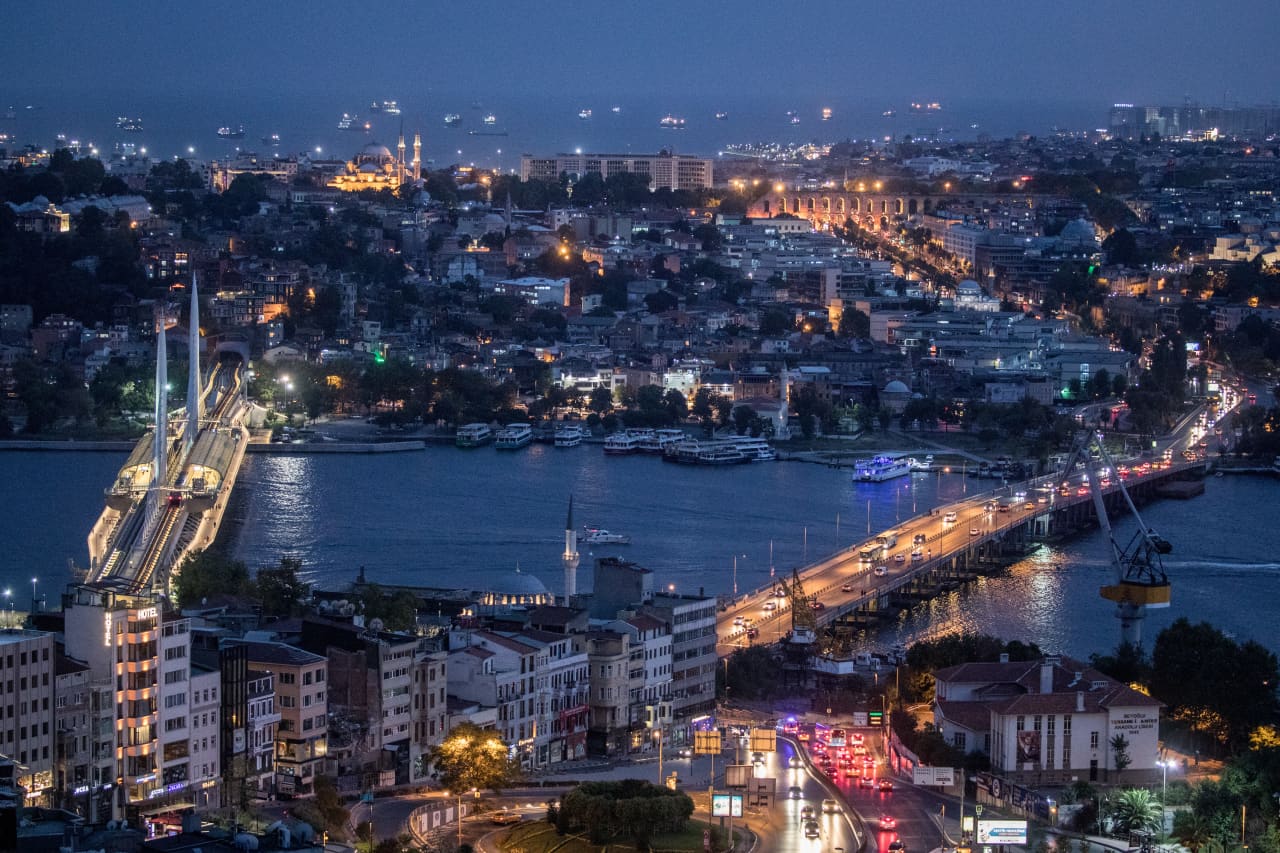The World’s Richest Are Getting Richer Again
A resilient global economy is leading to a rise in wealth once again for the world’s richest individuals, despite plenty of economic and geopolitical uncertainty, according to a new report.
Globally, the population of those with at least US$1 million in investable assets rose by 5.1% last year to 22.8 million, while their wealth rose 4.7% to US$86.8 trillion, according to the 28th annual World Wealth Report from Capgemini Research Institute, a global think tank division of Paris-based Capgemini.
It’s a sharp difference from a year earlier, when global wealth fell 3.3% to US$83 trillion.
The growth trend was particularly evident in the U.S. last year, where economic resilience, slowing inflation, and soaring U.S. stocks led to a 7.3% increase in the population of those with at least US$1 million in investable assets to 7.5 million, Capgemini said. The wealth of these individuals rose 7% to US$26.1 trillion.
“We are back in business,” says Elias Ghanem, global head of Capgemini Research Institute for Financial Services. “It’s a good message for the economy, it’s a good message for the people, and it’s a good message that growth is back on stage.”
Among the ultra wealthy—those with at least US$30 million in investable assets—the global population rose by 5% to 220,000, while their wealth grew by 3.9% to about US$29.4 trillion. That represents 34% of total global wealth, according to Capgemini.
A big reason for the upturn in wealth was a strong recovery in global stocks, and the fact that the wealthy moved their assets out of cash and cash equivalents. Globally, this population’s average allocation to cash was 34% as of January 2023; by January this year, cash allocations dropped to 25% on average.
“There’s a move in the high-net-worth mind from wealth preservation back to growth, and that’s good,” Ghanem says.
Although average global stock allocations dropped to 21% as of January this year from 23% a year earlier, the wealthy boosted their allocations to fixed-income by 5 percentage points to 20%, to lock in higher rates, Ghanem says. They also moved money into real estate as prices declined, increasing that investment, on average, by 4 percentage points to 19%.
“As interest rates went up, the real estate to be sold increased, and thus the price went down, and high-net-worth individuals leveraged the opportunity to invest,” Ghanem says. That investment has a positive ripple effect on the broader economy, he says.
The wealthy also boosted their allocations to alternative investments, mostly private equity and private credit, by 2 percentage points to 15%. That’s money that funds the private sector, where businesses are engaged in creating industries and products “that are essential to transforming our economy,” Ghanem says.
The message all these moves make: “Money is circulating again and money circulating is growth for everyone,” he says.
Capgemini’s annual report doesn’t predict the future, but the shifts in asset allocation point to a new perspective by the wealthy that takes into account the shocks of the recent past, from the pandemic, to inflation, and war.
“The business environment has considered these factors and is able to manage them,” Ghanem says.
Whether China reopens for business remains “a big question mark,” however, he says. Though the Nasdaq stock index in the U.S. gained 43% in 2023, after tumbling 34% a year earlier, the Shanghai Stock Index posted a decline of 3.7% last year, better than a nearly 15% drop a year earlier, but still sluggish.
As a result, Asia has yet to regain its status as the world’s wealthiest region—which it was from 2017-19, on the strength of growth in both China and India, Ghanem says.
The report was based on a survey of 3,119 individuals (including more than 1,300 ultra-wealthy) living in 26 markets in North America, Latin America, Europe, the Middle East, and Asia-Pacific, the firm said.
The findings are aimed at wealth management firms serving these elite populations across the globe. Among the uber-wealthy, Capgemini warns these firms have competition from family offices that are better positioned to orchestrate non-financial services, such as education or travel, and to bargain among banks to get the best deals, and services. That’s reflected in the fact the number of wealth management firms hired by the ultra-wealthy has risen to seven on average from three in 2020, Capgemini found.
“With their diverse operating models fully aligned with the objectives of the families they service, family offices are becoming more visible and are significantly challenging traditional wealth management firms,” the report said.
Capgemini’s conclusion: Wealth management firms need to decide if they want to compete against family offices or collaborate with them.
One way the report urges them to compete is by developing behavioural finance technology driven by artificial intelligence. These systems can be trained to understand biases and identify them early on to help individuals avoid making bad decisions, Ghanem says.
“One of the strongest messages of the report is that it’s time for the banks to leverage AI-powered behavioral finance to interact better with their clients,” he says.
 Copyright 2020, Dow Jones & Company, Inc. All Rights Reserved Worldwide. LEARN MORE
Copyright 2020, Dow Jones & Company, Inc. All Rights Reserved Worldwide. LEARN MORE
This stylish family home combines a classic palette and finishes with a flexible floorplan
Just 55 minutes from Sydney, make this your creative getaway located in the majestic Hawkesbury region.
Governments around the world are offering incentives to reverse a downward spiral that could threaten economic growth
The Australian birth rate is at a record low, new data has shown.
Figures from the Australian Bureau of Statistics have revealed there were 286,998 births registered around the country last year, or 1.5 babies per woman.
Birth rates in Australia have been in a slow decline since the 1990s, down from 1.86 births per woman in 1993. Declining fertility rates among girls and women aged 15 to 19 years was most stark, down two thirds, while for women aged 40 to 44 years, the rate had almost doubled.

“The long-term decline in fertility of younger mums as well as the continued increase in fertility of older mums reflects a shift towards later childbearing,” said Beidar Cho, ABS head of demography statistics. “Together, this has resulted in a rise in median age of mothers to 31.9 years, and a fall in Australia’s total fertility rate.”
The fall in the Australian birth rate is in keeping with worldwide trends, with the United States also seeing fertility rates hit a 32-year low. The Lancet reported earlier this year that, based on current trends, by 2100 more than 97 percent of the world’s countries and territories “will have fertility rates below what is necessary to sustain population size over time”.
On a global scale, the Lancet reported that the total fertility rate had “more than halved over the past 70 years” from about five children per female in the 1950s to 2.2 children in 2021. In countries such as South Korea and Serbia, the rate is already less than 1.1 child for each female.
Governments around the world have tried to incentivise would-be parents, offering money, increased access to childcare and better paid maternity leave.
Experts have said without additional immigration, lower birth rates and an ageing population in Australia could put further pressure on young people, threaten economic growth and create economic uncertainty. However, a study released earlier this year by the University of Canberra showed the cost of raising a child to adulthood was between $474,000 and $1,097,000.
This stylish family home combines a classic palette and finishes with a flexible floorplan
Just 55 minutes from Sydney, make this your creative getaway located in the majestic Hawkesbury region.






















